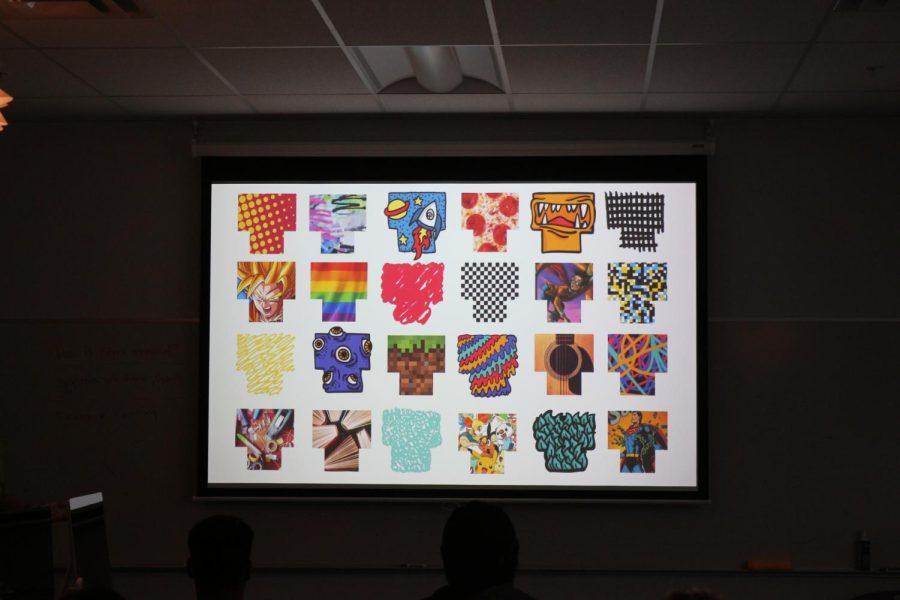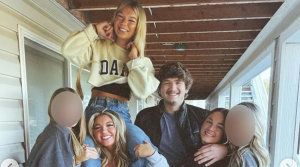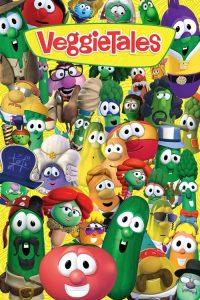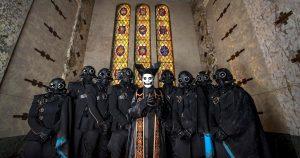Wall-to-Wall’s Larkin Werner speaks to RMU Media Design Students
March 2, 2023
Partner and creative director of Wall-to-Wall Studios Larkin Werner came to RMU to speak about design aspects that Wall-to-Wall looks for and follows. Wall-to-Wall Studios is based in two locations, Pittsburgh, Pa. and Honolulu, Hawaii. Wall-to-Wall was founded in 1992 and bases their brand around inclusivity, diversity and pure love and care for not only their clients, but their employees as well.
Werner started off his presentation with a video made by Wall-to-Wall to show what different companies that they have worked with. They have worked with companies like Burgatory, Hawaii National Bank, and Carnegie Mellon Library to name a few.
He proceeded to talk about his own experience, graduating from Syracuse University and starting out as a Jr. Graphic Designer in 1989. Werner started his presentation on Wall-to-Wall talking about branding, and what it means to designers.
“You are branding yourself by who you are and how you look,” said Werner. “Showing us a photo of a man wearing alternative clothing with a mohawk and piercings. ‘What do you think this man does?’ ‘Where do you think he might be going after this, or who might his friends be?'”
“Maybe he’s going to a concert after this?”, a student replied.
Werner began to explain that this is how we brand ourselves to people, just by the way we look or what we show our audience. He showed us three definitions: Brand, Branding, and Brand Strategy.A brand should be your core promise, branding is the signals you send to transmit that promise, and brand strategy is the core insights and the blueprint to deploy them.
He uses Starbucks and their brand, “The Third Space,” as an example. The space is where they promote being a comfortable space to work and relax.
He explains that they have worked on this brand for many years and how one incident tore it all down when a man was discriminated against.
Werner starts to talk about how Wall-to-Wall worked with Carnegie Library of Pittsburgh to update their teen services program. He begins to show what their original branding was, how it felt bland and the name almost sounded like a government facility.
Wall-to-Wall began to do their research. They researched what they are using now with their social media, and marketing. Then, the company began to look at other organizations or brands that compete for teenager’s time. They asked questions like, “What kind of marketing do they use?” or “What kind of atmosphere do they have that keeps teens around?”
A strategy that they used was making up certain teenagers that would be intrigued. One teen that they made up was a creator and a socializer. He marches to the beat of his own drum and is open to mentoring. They also went out to the public and asked teenagers what they would consider a safe space.
They saw a consistent theme of wanting a safe-space that welcomes everyone with lots of creativity and something that could create a family with-in the community.Wall-to-Wall recommended that CLP’s brand promise should be, “A Space to Be” where kids can have creative freedom to be whoever they want to be.
However, Wall-to-Walls work was far from done. They still had plenty of designing to do. They gave their customers two designs to choose from, with beautiful, colorful, and creative logos. They made posters, merchandise, and even designed how the library might look with each design.
In the end, Werner said that there were small tweaks to the design and they loved it.
“Graphic designers have the responsibility of teaching what we produce,” says Werner.
When I went around to ask future media art students how they felt about the presentation, the overall result was very positive.
“I 100% enjoyed it! It was really interesting to see an actual designer at work with real evidences” said one student who attended the presentation.
“It was really cool being able to see their process and actually connect one-on-one with someone who I might be in the future,” said Gideon, another student.
Werner spoke to RMU students as part of the college’s “Creative Careers Week.”












